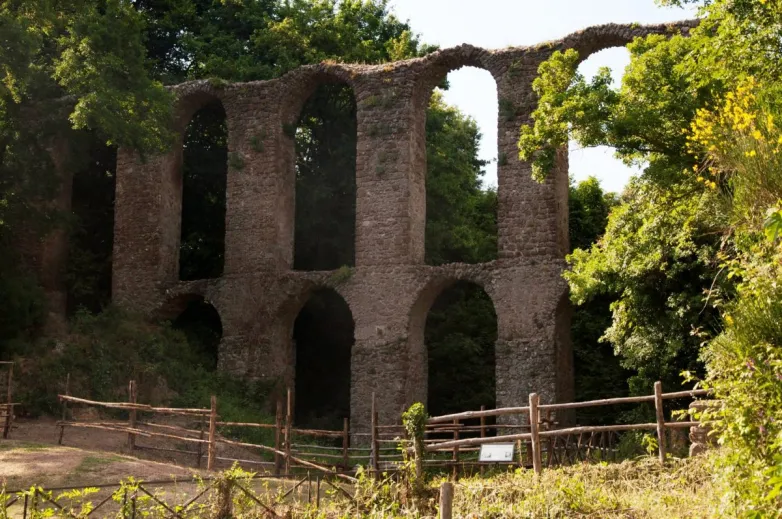Italy’s historic ’Tuscia’ region deluged by 1.35 GW of large scale solar
Oct 9, 2019 01:24 PM ET
- The central Italian province of Viterbo has 1,359 MW of solar generation capacity in the development and approvals process. The mass of projects has raised opposition from some locals and developers are in talks with government officials to discuss how concerns can be addressed.

The Italian province of Viterbo, in the central Lazio region, has seen the generation capacity of large scale solar projects in the development and approvals process almost double, from around 700 MW in April to 1,359 MW in August, according to a list compiled by the Assotuscania group, which opposes the developments on agricultural grounds.
The list shows most of the solar projects are concentrated in a triangle formed by the towns of Tuscania, Tarquinia and Montalto di Castro. The area has abundant grid connection capacity and already hosts some of Italy’s largest PV plants, including an 84 MW facility completed in 2010 and the country’s first “grid parity”, utility scale solar projects – built by U.K.-based Octopus Investments in 2017.
The largest of the 22 listed projects under development is a 187 MW solar facility planned by E-Solar Srl near Tarquinia. The second largest is a 150 MW solar plant planned in Tuscania and developed by DSC Srl and the third and fourth largest projects have capacities of 113 MW and 112 MW and are both planned in the territory of Montalto di Castro, by developers Solar Italy 3 Srl and Solar Italy 4 Srl.
Unsubsidized solar
Further projects ranging in size from 12 MW to 90 MW feature in the Assotuscania list, which also includes the expansion of an operational facility and projects outside the aforementioned triangle – three in the territory of provincial capital Viterbo and two in the municipality of Tessennano.
The grid parity breakthrough claimed by Octopus in 2017 is significant, as Italy’s planned renewables auctions are intended to allocate generation capacity on degraded land. Rather, the extensive Viterbo pipeline is likely to feature facilities intended to trade via private power purchase agreements, as merchant solar on the spot market or a combination of both.
Environmental associations opposing the projects claim the solar arrays will considerably reduce the amount of agricultural land in a region which already suffers from lack of cultivable soil.
Developer concern
News site Tusciaweb has reported project developers last week met Margherita Echberg and Maria Letizia Arancio of the Soprintendenza per i Beni Archeologici dell’Etruria Meridionale – the government department responsible for the environment and historical buildings – to discuss how to ensure projects are not blocked, in some cases after having been approved. The news site reported the government representatives oppose the projects.
The developers reportedly offered to invest in the enhancement and protection of recent archaeological finds in a region which was settled by the pre-Roman Etruscan people. That proposal was “a hypothesis to which the government department responsible for the environment and historical buildings did not respond,” according to Tusciaweb.
Solar energy association Italia Solare recently defended large scale PV land use in comments to the Italian parliament’s committee for agriculture. The solar trade body said the majority of the country’s commercial and industrial buildings are unsuitable for solar and if Italy wants to hit ambitious renewable energy targets, rooftop PV may not be enough. Italia Solare claimed reaching 53 GW of large scale PV capacity by 2030 would require only 0.64% of Italy’s agricultural land.
Also read

